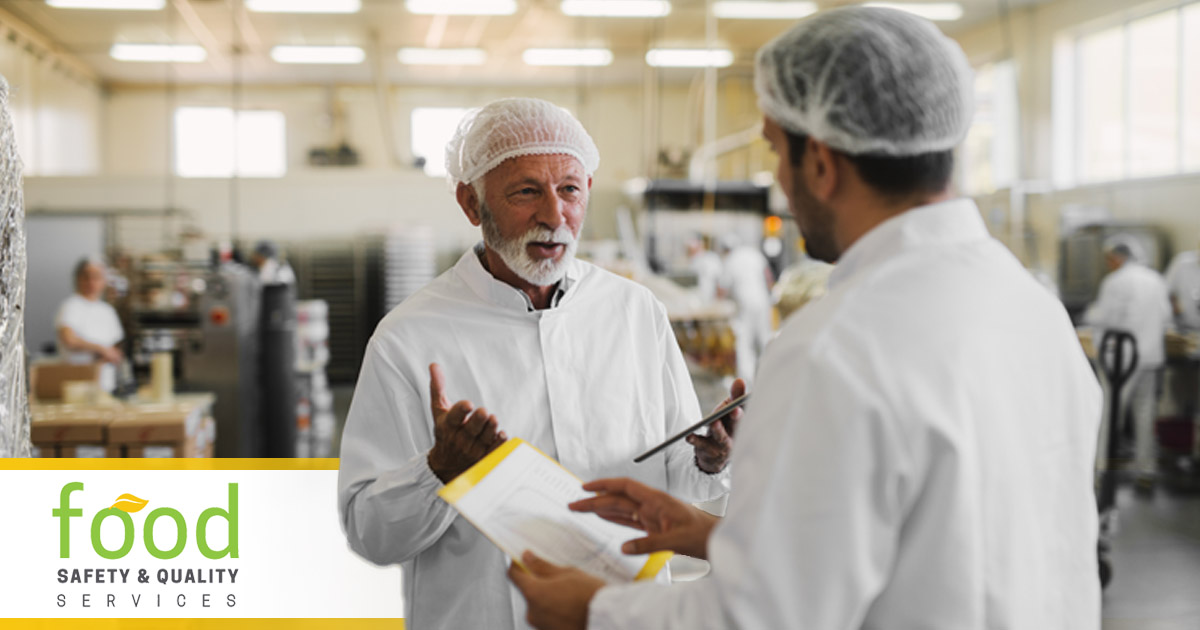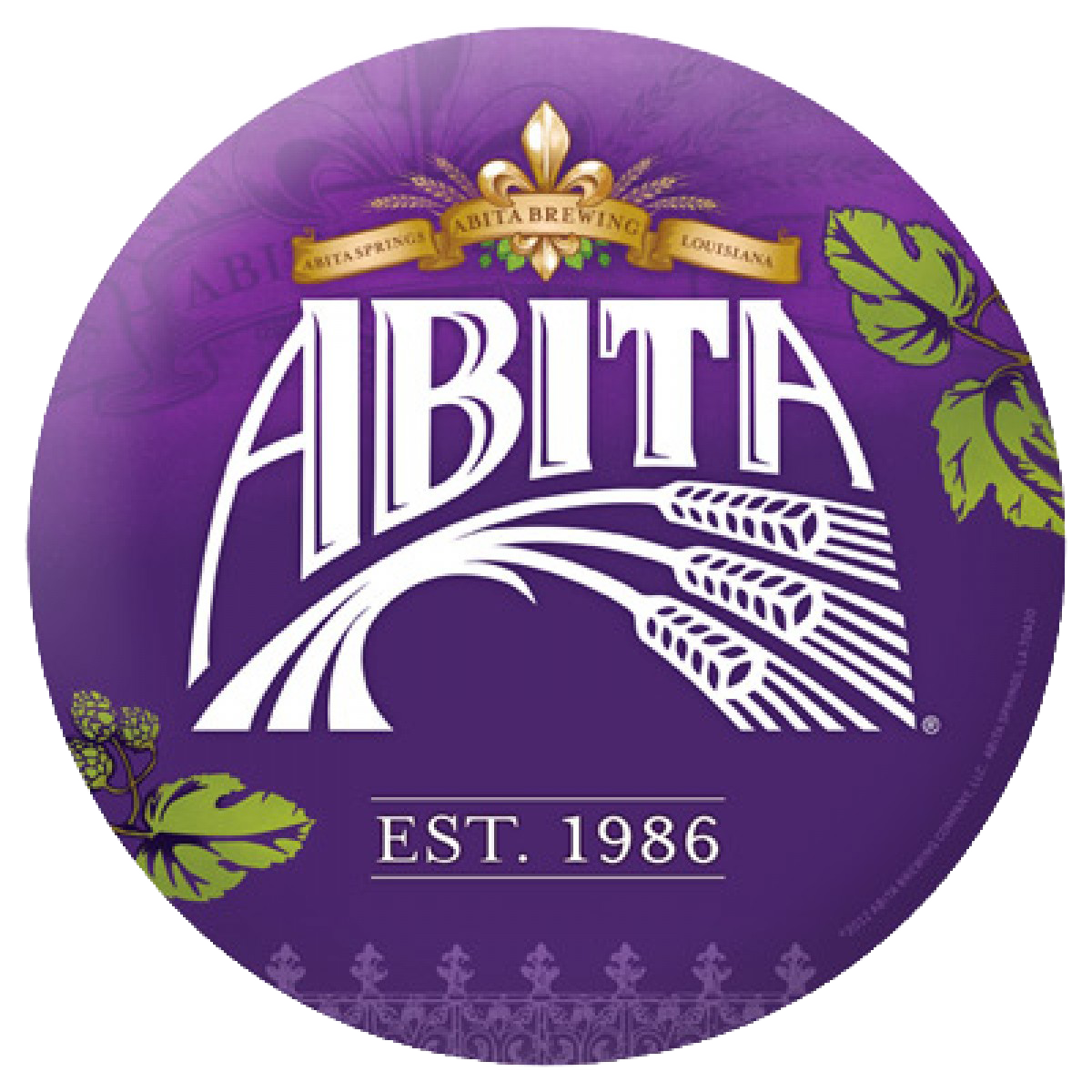Food Safety Culture Planning
FOOD SAFETY CULTURE PLANNING
How to Get Started
DEVELOP A CULTURE TEAM
PROJECT CHAMPION
A project champion, for example, would commonly be a senior level executive who supports the initiative. Your Project Champion will ensure all employees understand that the project is a ‘top down’ initiative that has the endorsement of senior management.
PROJECT SPONSOR
A project sponsor would be someone who approves projects and provides the resources necessary to keep the initiative moving forward. For example, the project sponsor could be a Plant or Quality Manager who assigns budgetary dollars and human resources to the project.
PROCESS OWNER
A process owner is the person immediately responsible for the outcomes of the process or project. The process owner can also be a member of management who is the primary point of contact for the project and who directly delivers KPI (key performance indicators) and overall results and status of the project.
ASSESS YOUR CURRENT CULTURE
Food safety culture planning should incorporate an initial culture evaluation. Before you begin to set objectives and KPI’s for your culture plan, you must first understand what your culture is currently. This can be a difficult step in the process. How does one assess such an intangible?
Below you will find a free checklist to help with your initial assessment!
Surveys are also a great way to collect initial cultural data to be used for future improvements. A carefully structured and anonymous survey can provide instant data to allow your cultural team to establish baseline metrics. In order to do this, those survey results must be metric driven, such as using a Likert scale, to easily understand and be able to present baseline culture results to your team.
DETERMINE WHAT THE FUTURE WILL LOOK LIKE
So, the big questions are…what does a positive food safety culture look like? What does it mean to your company? What are the norms, shared values and beliefs that you expect to see in a good food safety culture and how do you incorporate it into your plan?
Some companies may envision a culture where employees are encouraged to expand continuous education efforts and to actively share their food safety knowledge with others in the organization. Other companies may identify producing food safely as their number one goal, ahead of profit metrics. Whatever that vision may be, it should be communicated throughout the organization so everyone has the opportunity to contribute to achieving that company vision.
SET GOALS AND KPI’S
Your company has now collected baseline data and has a clear vision of what a positive food safety culture will look like in the future. The next important step in your food safety culture planning process is to set goals and timelines for this new initiative.
Using the data collected from initial surveys is an easy segue into setting improvement goals and KPI’s. If, for instance, employees have ranked food safety education low on a Likert scale survey, you can turn that into a goal of increasing that score by 20% in year one of your culture plan and 50% in year two. This is why it is so important to have measurable data collected early on in the process.
It is also important to establish the frequencies in which progress will be measured. It’s not a bad idea to frequently measure progress (KPI’s) in the first year in order to make sure the program is trending in the right direction. Once a good momentum has been established, those measurements can be taken less frequently.
MAINTAIN MOMENTUM
Learn more about food safety culture planning
About the author

Lance Roberie
Food Safety Consultant and TrainerLance Roberie has over 20 years of quality assurance and food safety experience within the food industry. Mr. Roberie holds the following certifications:
- Certified Food Safety HACCP Manager
- Preventative Controls for Human Foods (PCQI) Lead Instructor
- Meat & Poultry and Seafood HACCP Lead Instructor
- FSPCA Food Defense (IAVA) Lead Instructor
- ASQ Certified Manager of Quality & Organizational Excellence
- ServSafe Instructor and Exam Proctor
- Internal Auditor and GFSI Specialist
Lance and the Food Safety & Quality Services’ training curriculum will advance your team's food safety knowledge through certified training, consulting, and “real life” industry scenarios.
upcoming Classes
September 17, 2025 09:00 AM - 03:00 PM
October 14, 2025 08:00 AM - October 16, 2025 05:00 PM
August 26, 2025 08:00 AM - August 28, 2025 05:00 PM
Need a Food Safety Specialist?
Free 15 Minute Consultation.Learn how we helped Abita Brewing Company pass their first food safety audit with an A grade.

